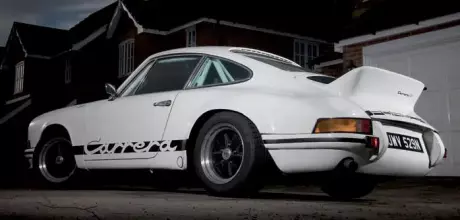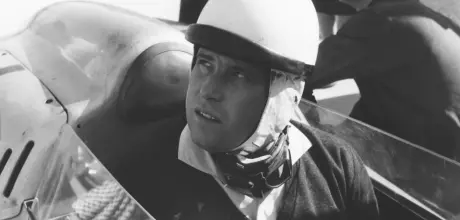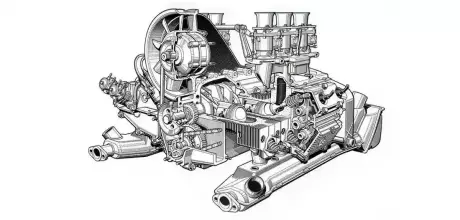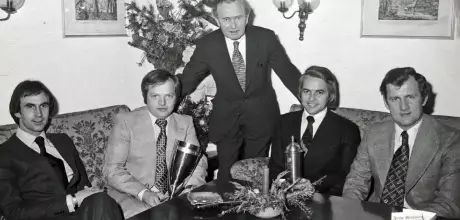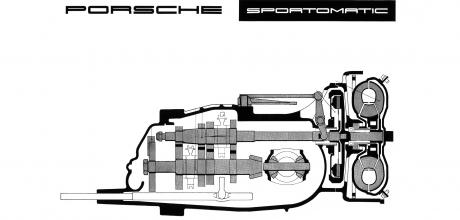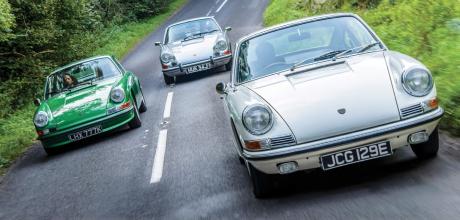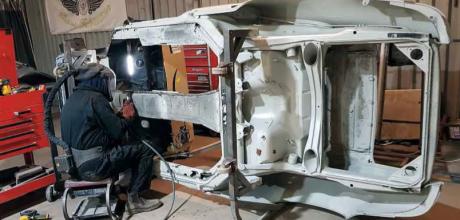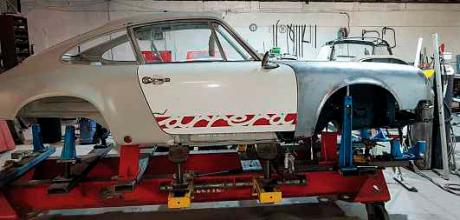 Porsche 911 Classic · Blog
Porsche 911 Classic · Blog
Paul Sutters’ Porsche 911 2.7 RS rep wears its competition history as a badge of honour and Paul intends to return it to its championship winning livery of the ’80s and go racing. Words and photography: Brett Fraser PAUL SUTTERS YOU AND YOURS HISTORY BOY Hands up who hasn’t wondered about the previous life of the secondhand car they’ve just bought. Particularly when that secondhand car was a Porsche.
The Porsche community is mourning the loss of former racing driver and Operations Manager of the Weissach Development Centre, Herbert Linge, who died on 5th January aged ninety-five. Linge played an instrumental role in establishing Porsche’s proving ground and, through his work with motorsport’s governing body, was responsible for the introduction of life-saving measures at race tracks all over the world.
Kicking off a three-part series charting the history of air-cooled Porsche engines, we delve into the design and development of the Type 901, which served as the starting point for more than sixty years of flat-six development... Words Shane O’Donoghue Photography Dan Sherwood, Porsche Corporate Archives STARTING SIXFrankfurt Motor Show, Autumn 1963. The covers were whipped off the 901, a pretty two-door coupe previewing Porsche’s replacement for the highly successful 356.
Porsche 911 Classic → Ferry Porsche prior to the 1973 ceremony are three seasoned exponents of the company and, on the left
The annual awards ceremony is a timehonoured ritual at Porsche and a reminder that the company really did make its name through motorsport. Usually held in the third week of December, these days the ceremony is slightly overshadowed by competition from other Porsche evening functions, such as Sound Night and other social media-inspired events. However, 50 years ago when Porsche was still a small company and almost all Porsche racers knew each other, it was the event of the year.
Porsche 911 Classic → Sportomatic gearbox - Porsche’s first automatic gearbox is more than half a century old… here’s how it works
Introduced to the world in 1967 by Porsche, the Sportomatic was the company’s answer to reinvigorating the 911 range for a push in the USA, where automatics were gaining huge popularity. At its heart is an all-synchro, four-speed 901 manual, but with a torque convertor and single dry-plate clutch. Technology explained - SPORTOMATIC GEARBOXThat clutch is controlled by a microswitch on the gear lever. Move the gear lever and the microswitch activates a vacuum servo motor.
The S stood for ‘Sport’ and the faster, more powerful and sharperhandling 911S duly delivered. We explore the history, tech, values and investment potential of the 2.0-, 2.2- and 2.4-litre cars. Written by Tim Pitt EARLY 911S INDEXPorsche Index: 911S Everything you need to know about the early 2.0-, 2.2- and 2.4-litre Porsche 911S, with key advice from experts HISTORY AND TECHUntil the Carrera 2.7 RS debuted in 1973, the S was the flagship of the 911 range.
In my last Carrera RS update, I voiced my distress at seeing most of the front end of the car in a rust-riddled and singed heap on the workshop floor. The situation rapidly improved as new panels were welded into place and front wings and doors temporarily attached to ensure that everything was aligned properly. With the Porsche once again looking like a more-or-less intact car, I was lulled into imagining that the job was almost there. Hmm. How foolish of me.
In my previous report, I noted my dismay at how much rot was exposed after the Carrera’s bodyshell was blasted and that I had given Steve Kerti the nod to start cutting out the gangrene and commence restorative surgery. My next visit to Dunkeswell, Devon, home of Classic Fabrications (classic-fabrications. com), provided an even greater shock. Much of my beloved RS was gone!


